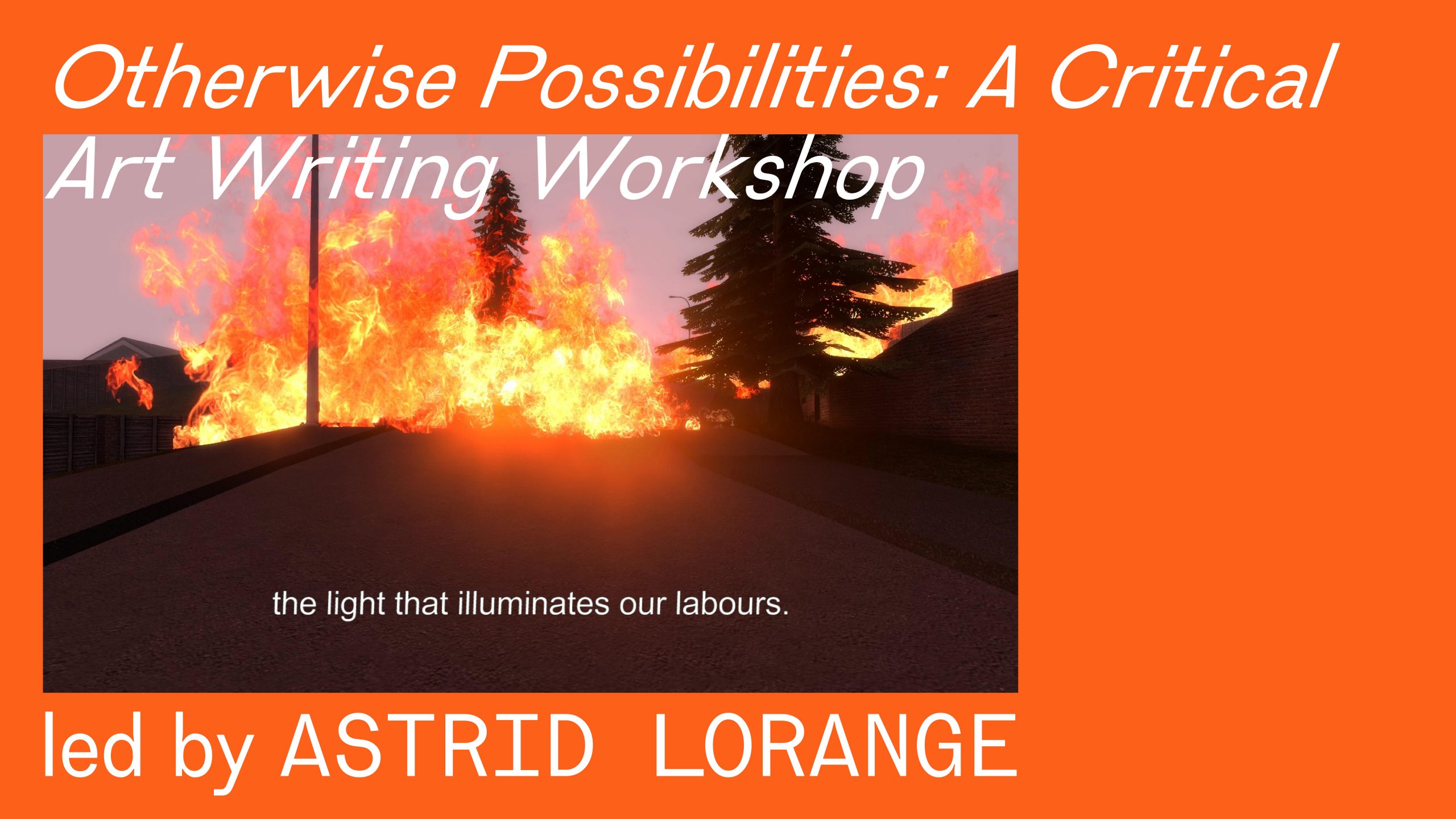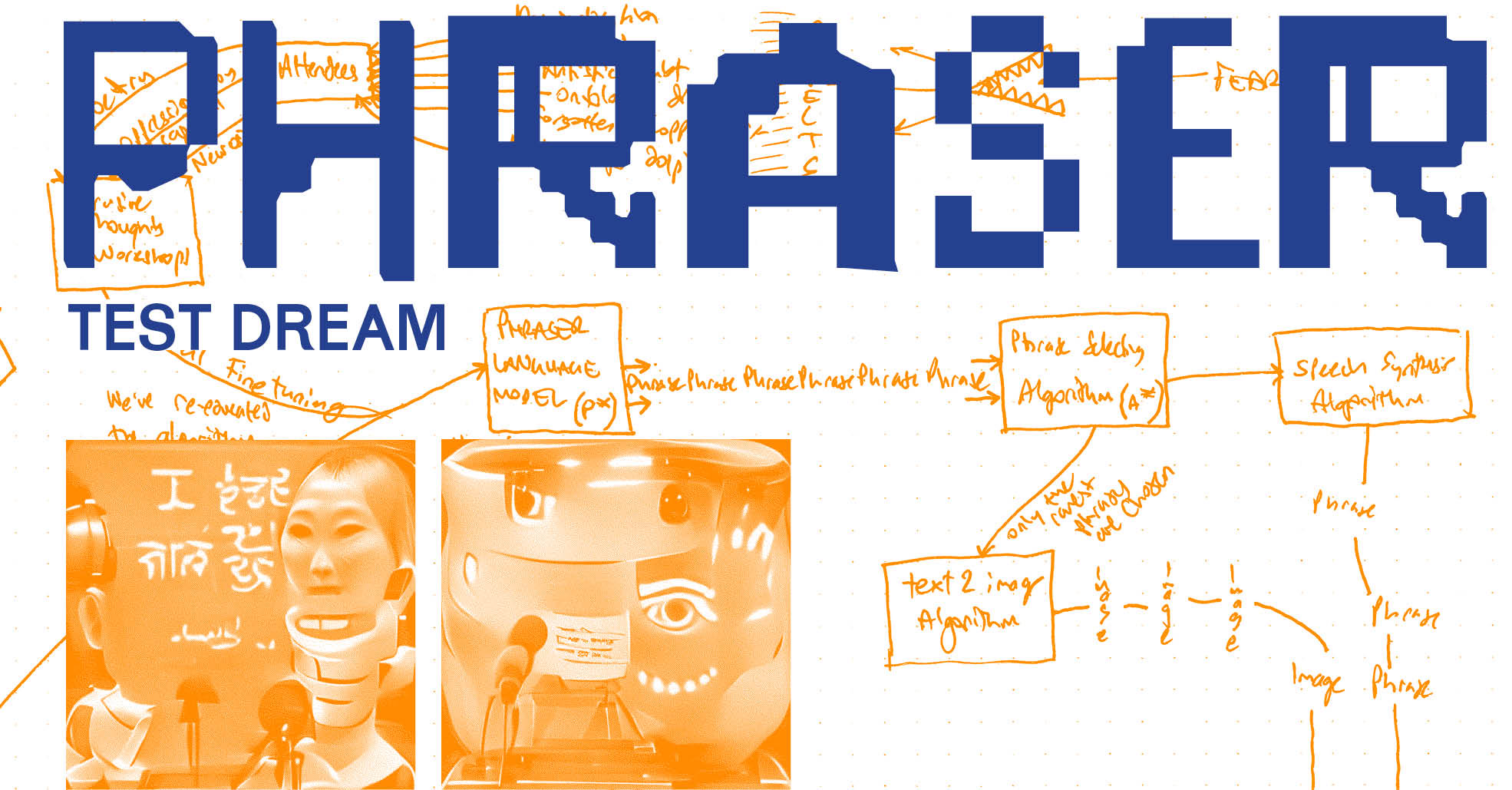To: The Underside of Ships and Maps
Therese Keogh
To: The Underside of Ships and Maps,
Desiring by this Convention to develop the principles embodied in resolution 2749 (XXV) of 17 December 1970 in which the General Assembly of the United Nations solemnly declared inter alia that the area of the seabed and ocean floor and the subsoil thereof, beyond the limits of national jurisdiction, as well as its resources, are the common heritage of mankind, the exploration and exploitation of which shall be carried out for the benefit of mankind as a whole, irrespective of the geographical location of States[1]
Concerning material distributions in the deeper pelagic zone, the below signatories – reposed in abyssal hills – as a collective composite of residual geologies, address the following.[2] This document is surface-bound. It amasses weight in a motion of fusing, falling, and depositing, which is then propelled vertically at a rate of knots, delivering a suggested reorientation of cartographic representations of the seabed and ocean floor and the subsoil thereof. From the position of incursions of clinker lodged at the sediment-water interface, the undersigned propose a process of triangulation that provides a substratum for a mapping-otherwise.[3] This tripartite system attends to the spatial dimensions of allegorical formation, with the view of implementing modifications and amendments as the constant needs of ambiguities arise. Regarding the manufacture of fictions, we respectfully assert that this must be considered a matter of scale.
Accelerations of empire and economy freighted on steamships, coincided with the standardisation of triangulation in the drafting of maps. “Triangulation defines an exact equivalence between the geographic archive and the world,” inscribing the Earth in networks of generalised lines that mark the ambition of territorial ownership and knowledge, while shoring an edge between land and water.[4] This process relies on a series of fixed points, from which new points can be generated based on calculations of known angles. Evolving from celestial navigation, where positions at sea are triangulated in relation to constellations of stars, this practice is predicated on an ideal of the Enlightened uniformity of planes. Under the guise of equivalence, though, what is produced is a scaling of imaginaries into a horizontal surface, where “triangulation… served to intensify the Enlightenment’s ‘cartographic illusion’ of the ‘mimetic map’.”[5] This was a gesture towards knowing that was unable to acknowledge the depth of the sea, instead replacing it with a continuous fiction of smoothness.[6]
As steamships coasted over oceans in a gluttonous haul of people and material, they inadvertently marked their own routes with the non-combustible remainders of fuel.[7] Ash from coal fired boilers congealed and hardened into lumps of clinker, which were scraped from the inside of fireboxes and discarded overboard. From the coordinates of surplus clinker on the ocean’s floor, we write to you – the recipients: The Underside of Ships and Maps – as you are uniquely positioned to understand the myths of one another, and therefore provide the potential for a rethinking of cartographic projections. The bottom of a ship recognises that each charted plane has an unaccounted for volume, and the versos of maps read an etched hull as an accumulation of marks engraved on occasions of located contact. What is proposed in this letter, is a reconfiguration of speculative triangulations, whereby “the ocean is allegorized from abstract space to (non-)local place by three key figures: the vessel (ship)… the shore (map), and the body (clinker).”[8] This composition holds the possibility for an alternative cartography, through a conscious redressing of scale forged by the material excesses of steamships.
Sinking beyond the edge of the continental rise, clinker penetrates the soft silt that forms the abyssal plains, providing anchor points for the anemone Phelliactis robusta and the brachiopod Gryphus vitreus.[9] The ground of the abyss is made with the detritus of constantly falling bodies. Marine snow – a showering of organic matter from above – builds up in powdery rises and plateaus, mixing with the material and corporeal aftereffects of modernity and colonisation, which slump into position and stay there. “In actual fact the abyss is a tautology: the entire ocean, the entire sea gently collapsing in the end into the pleasures of sand, make one vast beginning, but a beginning whose time is marked by these balls and chains gone green”; an abyssal depth, pre-empting a metamorphic emergence of interlinking relation.[10] Transformed in their relocation and collective compositions, the clinker arrange themselves in lines that mirror movements along key shipping passages, including: the east-west route between the English Channel and the east coast of North America, the north-south route along the west coast of Africa, and the north-south route off the east coast of Australia.[11] These lines intersect along the floor of the abyss, tracing a 1:1 map of the movements of ships and the material distributions of empire that they facilitate.
Clinker forms a tautological deposit, reproducing the network of ship routes at both the scale of their movement and in excess of it. Rendering a map that unfolds to the extents of the Earth’s oceans, the clinker operates as a material and semiotic tool that signifies the rapid expansions of colony while also producing an indexical record of its reach. Who knew Borges was right; that the tattered map of empire exists at the scale of its spread.[12] Or that such a map undoes the conventions of the ideal of cartographic triangulation by resisting the reproduction of scaled representations at the same time as refusing to be fixed in place (each individual pebble of clinker – despite its alignment according to the map’s ‘whole’ – is open to movement by bioturbations and geologic disturbances on the abyssal plain): “Every 1:1 map always reproduces the territory unfaithfully.”[13] The notion of a map that is faithful or unfaithful has little to do with the accuracy of spatial representation to which it subscribes, and more to do with its allegiances to the structures (power/history/economy) of its own material production. The unfaithfulness of this map of clinker is achieved not through its imprecision, but through its underwriting of an otherwise that reorients the conditions of its drawing.
We turn now to the Undersides to which this letter is addressed; the hulls etched and burred by contact, and the maps stained with misplaced depth; those surfaces that recognise the fictions inscribed in each mark, the reversals of logic and the redressing of record. These collective vertices conform to a geometry that plots passages through the subtext that resonates underneath. Each underside “is a negotiation between what is said, what is written, and what is withheld… Incurable. And uneasy, and like freight… What is withheld is on the back.”[14] This triangulated composition of versos stages a possibility for re-mapping, where the withheld, the unknown, the discarded, collectively stake out an allegorical otherwise of cartographic representation at the intersection of Undersides.
The standardisation of cartographic scaling is “the graphic triumph of geography’s myth,” coming to bear across oceanic surfaces in proliferations of empire.[15] The fiction of triangulated equivalence – developed by the reciprocal reliance of ships on maps and maps on ships – facilitates drafted projections of geometric planes, and territorial projections of ownership and displacement. The “speculative and imaginative nature of colonial mapmaking,” however, makes possible alternative modes of cartographic navigation through a re-charting of scaled residues.[16] Undoing “the dialectic between the seen and the unseen, whose rationalization was critical to the formulation of Enlightenment epistemology,” the ship-map-clinker formula replaces one fiction with another – one that remains “obstinately discontinuous, abyssal, antirational, impossible to fix.”[17] From the position of clinker embedded in the abyssopelagic zone, the undersigned write to you – The Underside of Ships and Maps – now in a cartographic gesture that triangulates positions by way of a winnowing, scraping, volume. As a ternary relation this mapping unfurls through a three-way charting of imaginaries between the clinker, the map, and the ship, where material drifts dislodge authorised projections in a constant drafting and re-drafting of cartographic representations of the ocean’s floor.
We undersign the Undersides, unsettled into new alliances with articulating valves, with reconfigured bodies, with multiple orientations. Clinker comes to mark shifting silt and saline erratics: the desiring intentions of convention – of jurisdiction and common heritage, of a man that’s whole regardless – are reconceived in the “fathoming swells in the tensions and pleasures of the many and the different.”[18] The material signatures of clinker undersign allegiances in excess of the material orientations of their formation; the ships and the maps that forever face elsewhere. Instead, the clinker charts a realignment of the needs of “desire – that messy, sometimes un-gentle, self-shattering descent into the underside of reason,” where the underwriting, underlying, undersigning declarations of flesh and grit, inscribe a re-assembly inter alia of the seabed and ocean floor and the subsoil thereof.[19]
Unfaithfully:
The Undersigned
[1] United Nations, United Nations Convention on the Law of the Sea, (1984): 25. (emphasis in original)
[2] The word ‘composite’ here refers to both a material agglomeration, and the idea of a “composite character” as used by Ashon T. Crawley in The Lonely Letters. Ashon T. Crawley, The Lonely Letters, (Durham & London: Duke University, 2020), 9.
[3] Ramirez-Llodra, Eva et. al “Man and the last great wilderness: Human Impact on the Deep Sea.” PLoS ONE vol. 6 (7) (2011): 4. and Yusoff, Kathryn. “Geosocial Strata.” Theory, Culture & Space, vol. 34 (2-3) (2017).
[4] Matthew H. Edney, Mapping an Empire: The Geographical Construction of British India, 1765–1843 (Chicago: University of Chicago Press, 1997), 19.
[5] Ibid.
[6] Steinberg, Philip, and Peters, Kimberly, “Wet Ontologies.” Environment and Planning D: Society and Space, vol. 23, (2015): 247.
[7] Kidd, R. B. and Huggett, Q.J. “Rock debris on abyssal plains in the Northeast Atlantic: a comparison of epibenthic sledge hauls and photographic surveys.” Oceanologica Acta, vol. 4 (1), (1981): 99.
[8] Elizabeth M. DeLoughrey, Allegories of the Anthropocene, (Durham & London: Duke University Press, 2019), 142.
[9] Ramirez-Llodra, Eva et. al “Man and the last great wilderness: Human Impact on the Deep Sea.” PLoS ONE vol. 6 (7) (2011): 4.
[10] Édouard Glissant, Poetics of Relation, (Michigan: University of Michigan Press, 1997), 6.
[11] Smith, Kiona, “A Trail of Rocks Traces Historical Steamship Routes.” Accessed September 3, 2020. https://www.hakaimagazine.com/news/trail-rocks-traces-historical-steamship-routes/
[12] Jorge Luis Borges, “On Exactitude in Science,” in The Garden of Forking Paths, (London: Penguin Random House, 2018), 35.
[13] Umberto Eco, “On the Impossibility of Drawing a Map of the Empire on a Scale of 1 to 1,” in How to Travel With a Salmon & Other Essays, (New York City: Harcourt Publishing), 159.
[14] Dionne Brand, The Blue Clerk: Ars Poetica in 59 Versos, (Durham & London: Duke University Press), 3-4.
[15] Paul Carter, Dark Writing: Geography, Performance, Design, (Honolulu: University of Hawai’i Press, 52.
[16] Tiffany Lethabo King, The Black Shoals: Offshore Formations of Black and Native Studies, (Durham & London: Duke University Press), 116.
[17] Paul Carter, Dark Writing: Geography, Performance, Design, (Honolulu: University of Hawai’i Press, 60-61.
[18] Pratt et. al, “Fathom”, in Environmental Humanities, vol. 12:1 (2020): 176.
[19] Rosenberg, Jordy. “The Daddy Dialectic.” Accessed 10 October, 2020. https://lareviewofbooks.org/article/the-daddy-dialectic/
Therese Keogh is an artist and writer living, working in Narrm/Melbourne. Her practice explores the socio-political conditions and materialities of knowledge production, through narrative writing, studio-based experiments, and interdisciplinary fieldwork projects. Therese works collaboratively – through exhibitions, publishing, and teaching – across sculpture, landscape architecture, archaeology and geography.








